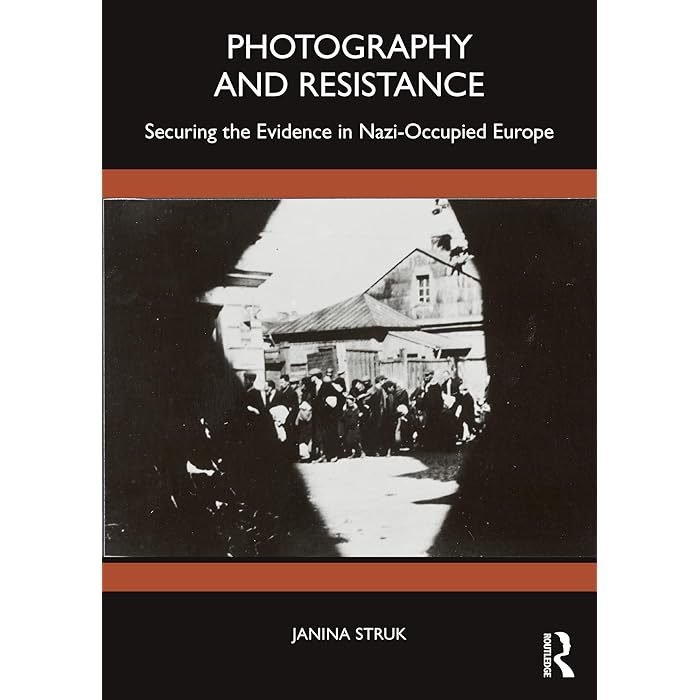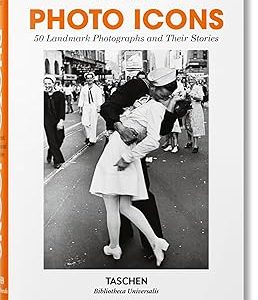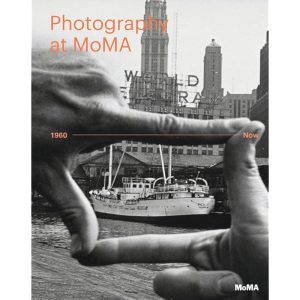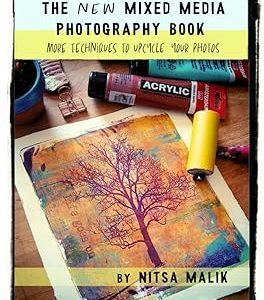Description
“Photography and Resistance: Securing the Evidence in Nazi-Occupied Europe” explores the crucial role that photography played in documenting and resisting the atrocities committed by the Nazis during World War II. In Nazi-occupied Europe, where censorship and propaganda were pervasive, photography served as a form of evidence, preservation of truth, and resistance to the narrative imposed by the regime. Here’s a closer look at how photography was used in this context:
### 1. **Recording Atrocities**
Photography in Nazi-occupied territories became an essential means of capturing the crimes against humanity, particularly the Holocaust. Photographers, often operating under dangerous conditions, sought to document the violence and oppression unfolding around them. This included the mass killings in concentration camps, the persecution of Jews, and the devastation wrought by the German military occupation. These photographs were taken with the hope that they could later serve as proof of the Nazi regime’s atrocities, helping to bring justice after the war.
### 2. **Resisting Nazi Propaganda**
In a time when the Nazi regime was using imagery to promote its ideology—whether through films, posters, or staged photographs—underground resistance groups employed photography to counteract the dominant narrative. They would document life under occupation, the suffering of the local population, and the work of the resistance. These images were not only historical documents but acts of defiance in an environment where telling the truth could cost lives.
### 3. **Hidden Photography**
In many instances, those who took these photographs had to work in secret. Resistance fighters, Jewish people in hiding, and ordinary citizens would smuggle cameras into ghettos, concentration camps, and execution sites. The images they captured were sometimes hidden away for years, often stored in secret locations to avoid detection. In some cases, these photos were kept as part of the effort to expose Nazi crimes after the war, but the risk involved in their creation meant that many photographers perished without seeing their work become widely known.
### 4. **The Role of Allied Forces and Liberation Photography**
As the Allied forces advanced into Nazi-occupied Europe, many soldiers and journalists began to document the liberation of concentration camps and the conditions in the territories under Nazi control. These photographs became powerful testimonies of the horrors of the Holocaust. In many ways, they contributed to the evidence used during the Nuremberg Trials and subsequent investigations into war crimes.
### 5. **Post-War Impact and Legacy**
After the war, many of the photographs taken during the Nazi occupation were used as evidence in trials and as a way of educating future generations about the Holocaust and the nature of totalitarianism. Museums, archives, and historical institutions around the world began to preserve these photographs as part of their efforts to ensure that the lessons of the war would not be forgotten.
### 6. **Ethical and Artistic Considerations**
The role of photography in resistance and documentation also raises significant ethical questions, especially about the representation of suffering. While these images were crucial in exposing the truth, they also prompted discussions about the limits of photographic documentation in conveying the full humanity of the victims. Some contemporary scholars have explored how the trauma of photographing such atrocities might impact both the subjects and the photographers.



















Reviews
There are no reviews yet.